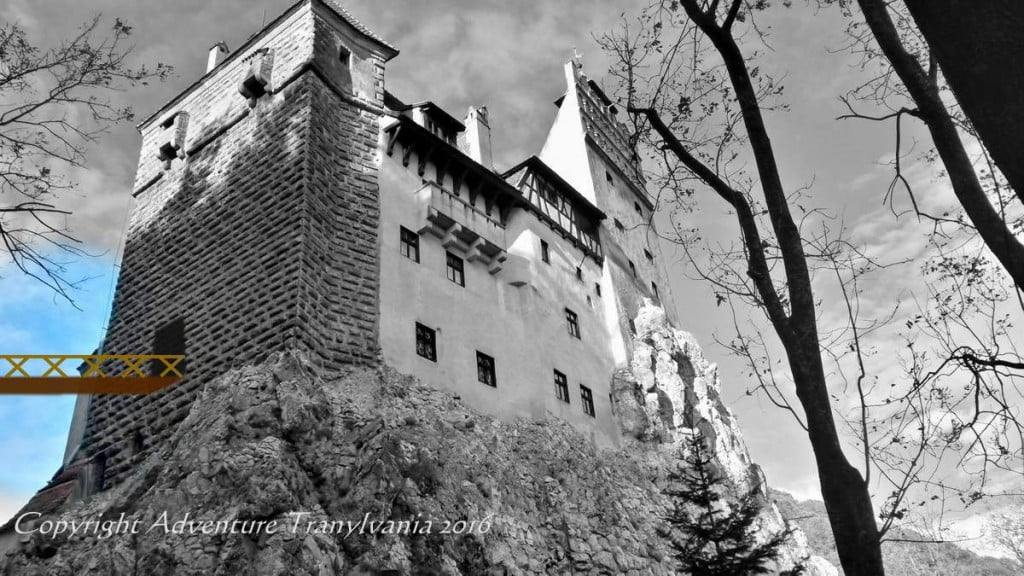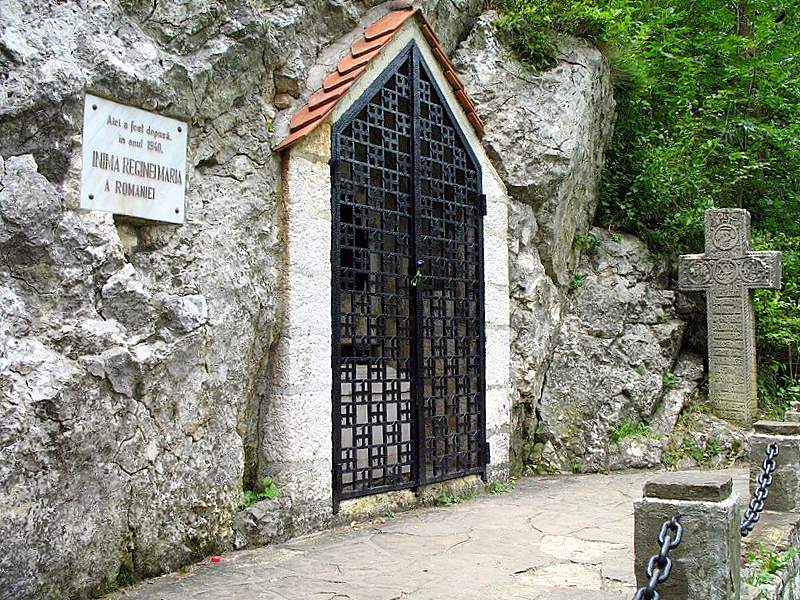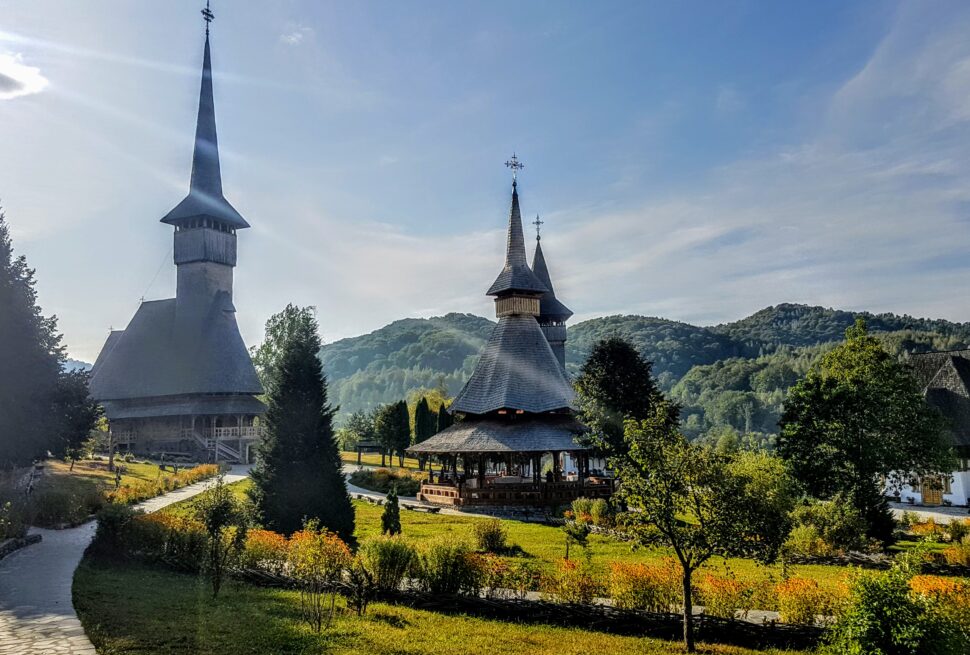1. The castle entrance

As one sets foot upon the grounds of Bran Castle, they are greeted by a daunting staircase leading to a magnificent oak door, which opens to the guards’ room. But one cannot help but ponder, why such an entrance in a castle of fortitude? In an era where cannons had made castle walls obsolete, this entrance may seem adequate.
However, the castle dates back to the 14th century, a time when bows and arrows were the deadliest weapons in the arsenal. In these days, the defense of a castle relied on tall, thick walls and hard-to-reach entrances.
It is said that the original entrance to Bran Castle was a small door, situated a staggering 25 feet above the ground, requiring a drawbridge to cross. The castle perched atop a cliff, making the feat of constructing the drawbridge even more daunting. A 20-feet wide and 15-feet high gap had to be carved into the rock to accommodate the bridge, a true test of ingenuity and strength in a time before power tools and dynamite
2. The Queen’s heart

The enigmatic Bran Castle, once a mere border fortress guarding the line between Transylvania and Wallachia, underwent a transformation in 1920. At the close of the First World War and the unification of Transylvania with Romania, the castle was left abandoned and in disrepair. It was then, in a curious turn of events, that the owners, the municipality of Brasov, gifted the castle to none other than Queen Marie of Romania
The enchanting Bran Castle captured the heart of Queen Marie, who beseeched her royal architect to transform the old fortress into a charming castle. Her love for the castle ran so deep that she made a peculiar request – to have her heart interred at its side.
On the southwestern side of the castle, beyond the babbling creek and on the brink of the forest, lies an urn that holds the precious heart of the beloved Queen. A mystery unfolds with each visit, as one ponders on the devotion that inspired such a grand tribute
3. The secret passage

The once-secret passageway in Bran Castle is now a well-known path connecting the first and third floors. In times of peril, the castle’s officers could make their escape through the hidden stairway, concealed within the very walls.
An ingenious facade of a fireplace masked the entrance to the tunnel, and for generations, it remained obscured, its existence, all but forgotten.
In 1920, Queen Marie commissioned a renovation of the castle, and to the amazement of all involved, the secret passageway was rediscovered, its mystery rekindled for future generations to ponder
4. The old water well

In the Middle Ages, a water well was a vital component of any castle. It ensured survival during prolonged sieges, when those within the castle walls were forced to rely solely on their stored supplies. Water served not only as a source of sustenance but also as a weapon, easily boiled and tossed onto attackers.
However, the well at Bran Castle held an added purpose. Perched atop a cliff, the challenge of constructing a well was substantial. The builders had to dig a staggering 60 feet deep into the solid rock to reach the water below.
But what lies just above the water level is a mystery in and of itself. A secret refuge room served as a last resort for those seeking refuge, and the castle’s treasures could be hidden within its depths in times of peril.
In 1920, when Queen Marie took ownership of the castle, she extended the secret room with a 30-foot horizontal tunnel, leading to the base of the cliff. And to make accessing this subterranean sanctuary even easier, an elevator was installed in the well, allowing the Queen to descend to the park without the need to traverse the many steps.
Visitors to Bran Castle may notice the absence of a well in the courtyard, the top having been removed to accommodate the elevator. And in 2018, a new elevator was fitted, offering a modern and thrilling way to experience the castle’s storied past
5. Was Bran castle, Dracula’s castle?

The truth behind Bran Castle and its association with the infamous Dracula has been shrouded in mystery for centuries. Despite popular belief, historic records suggest that the castle was never actually owned by Dracula. In fact, it was in the possession of the Transylvanian Saxons, who were frequent adversaries of Vlad Dracula.
But as we delve deeper into the history of the castle, it’s impossible to ignore the likelihood of Dracula attacking and taking control of Bran during his campaigns against the Saxons in Transylvania. The mere thought of the atrocities committed within these walls, under the rule of the notorious Vlad Dracula, is enough to send shivers down one’s spine.
Adding to the mystery, records show that King Mathias Corvin arrested Vlad in 1462 in the vicinity of the castle, and it’s believed that he was briefly imprisoned within its walls before being transferred to a prison near Budapest. The dark past of Bran Castle continues to intrigue and captivate those who seek to uncover its secrets.
Want to learn more about Bran Castle? Check out the official page http://www.bran-castle.com/history.html




